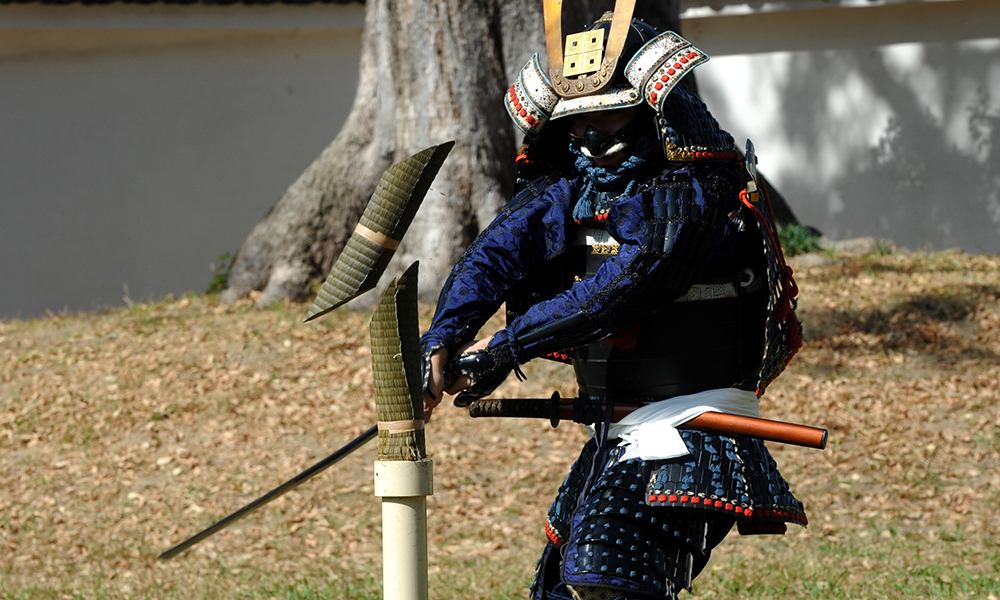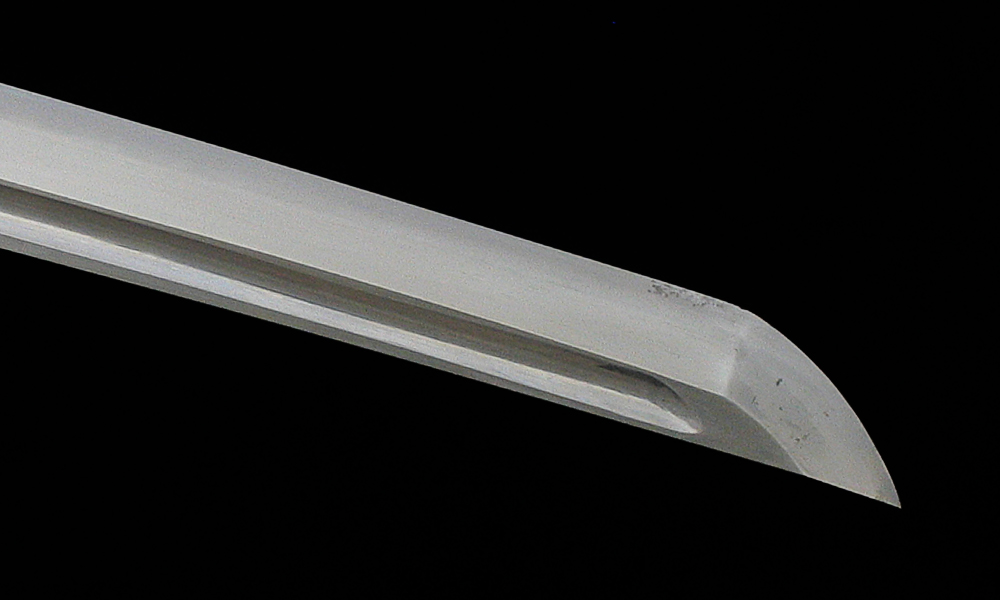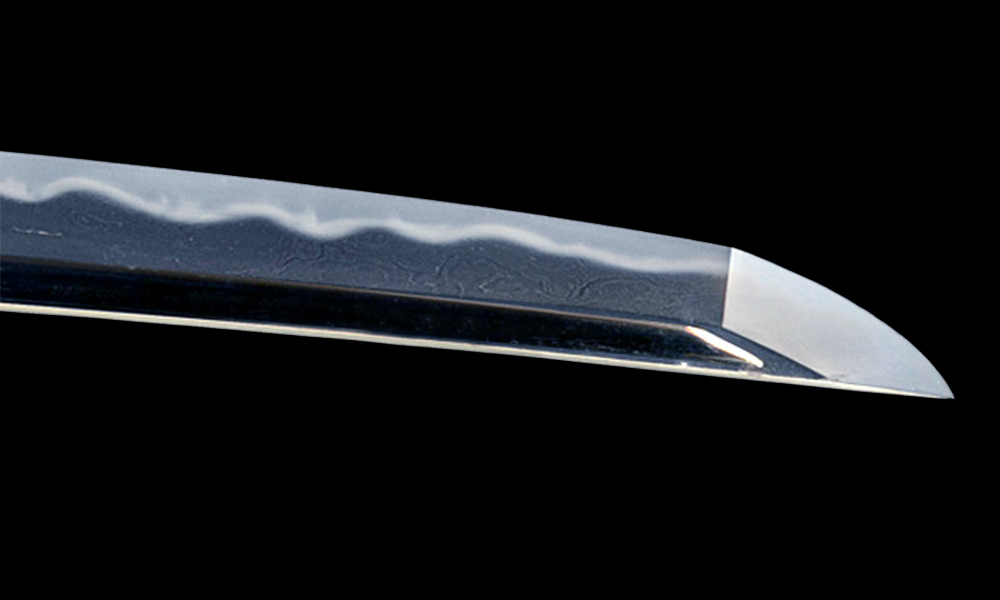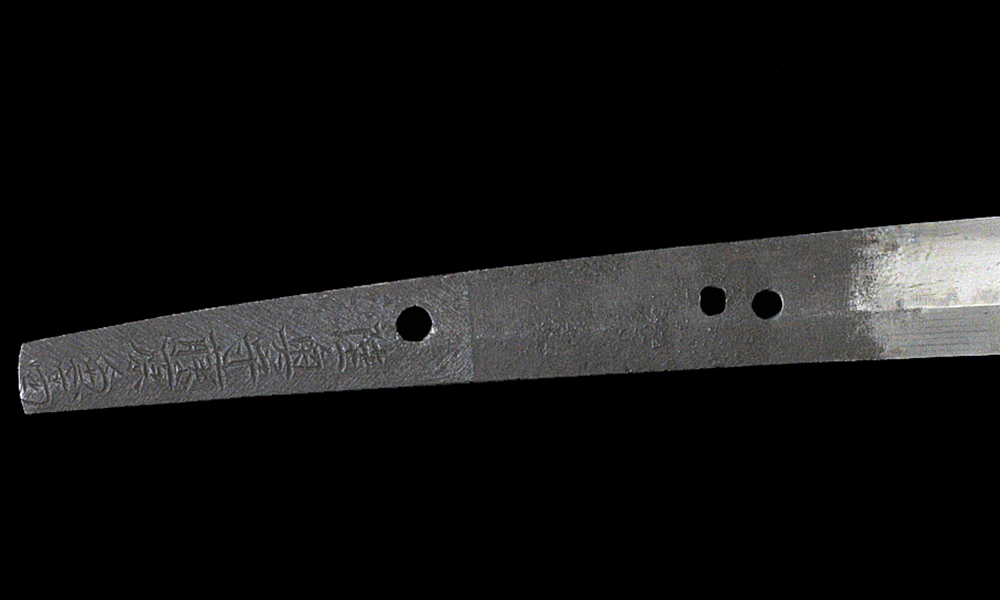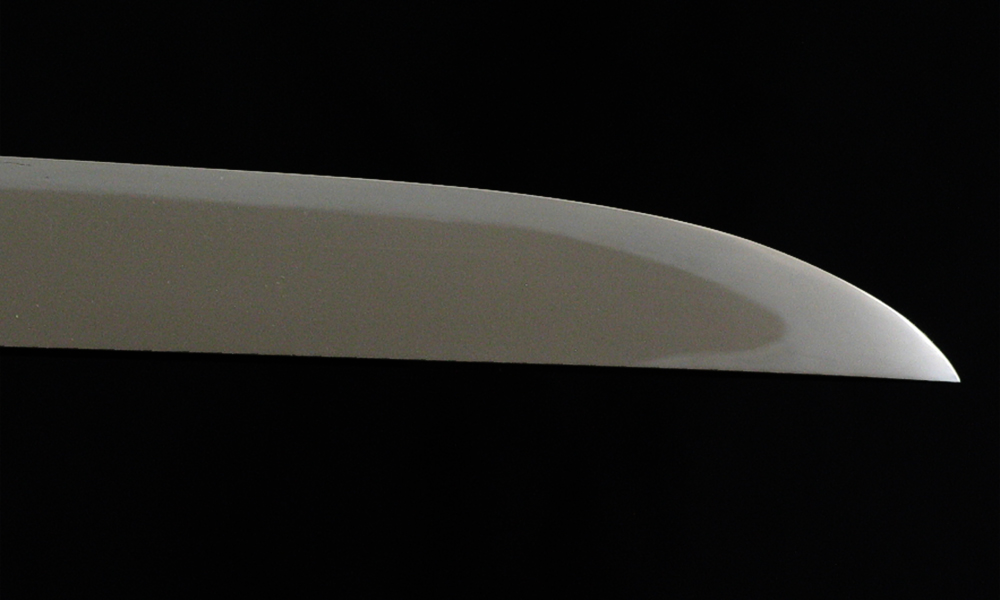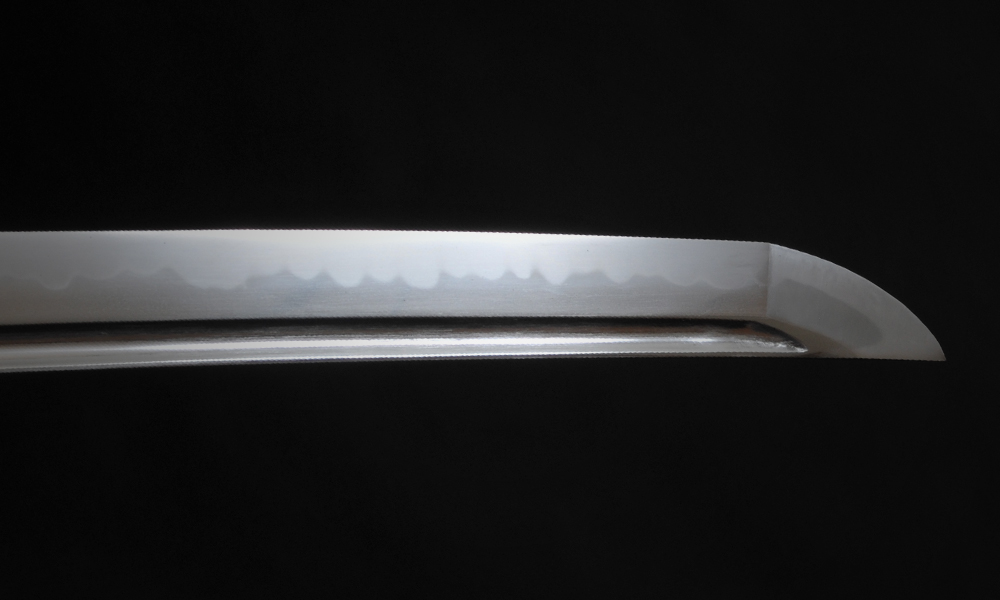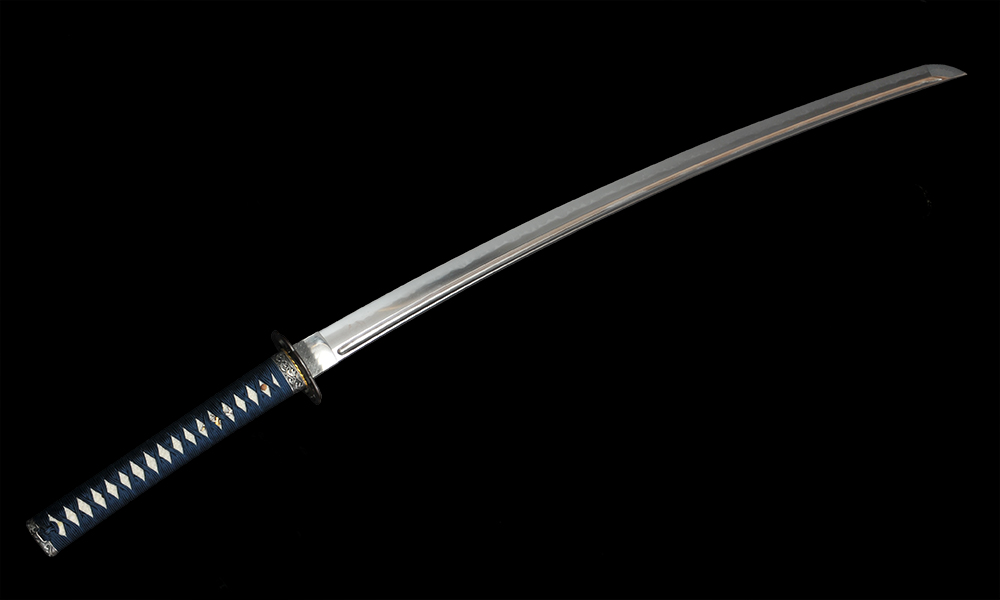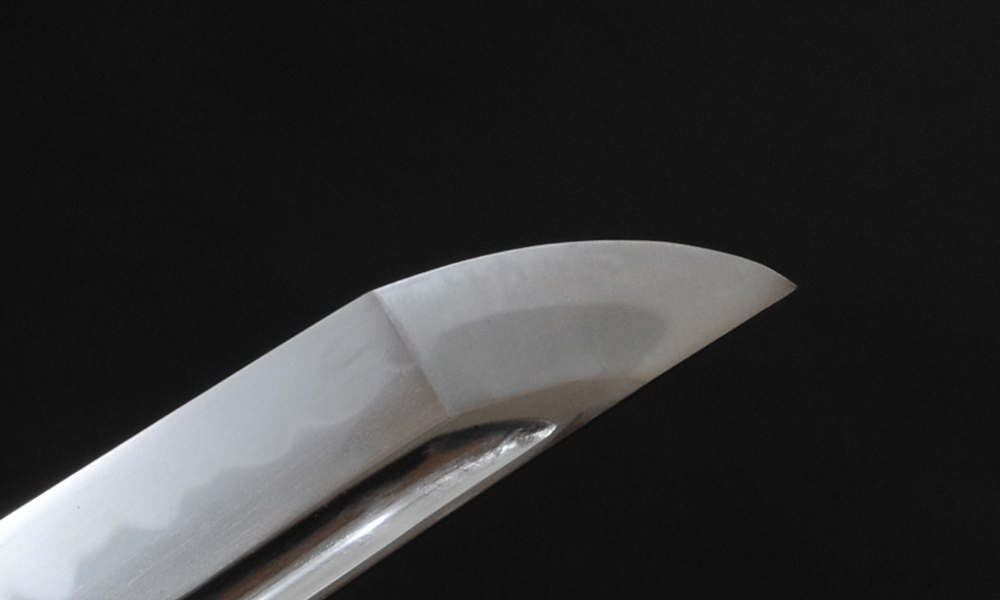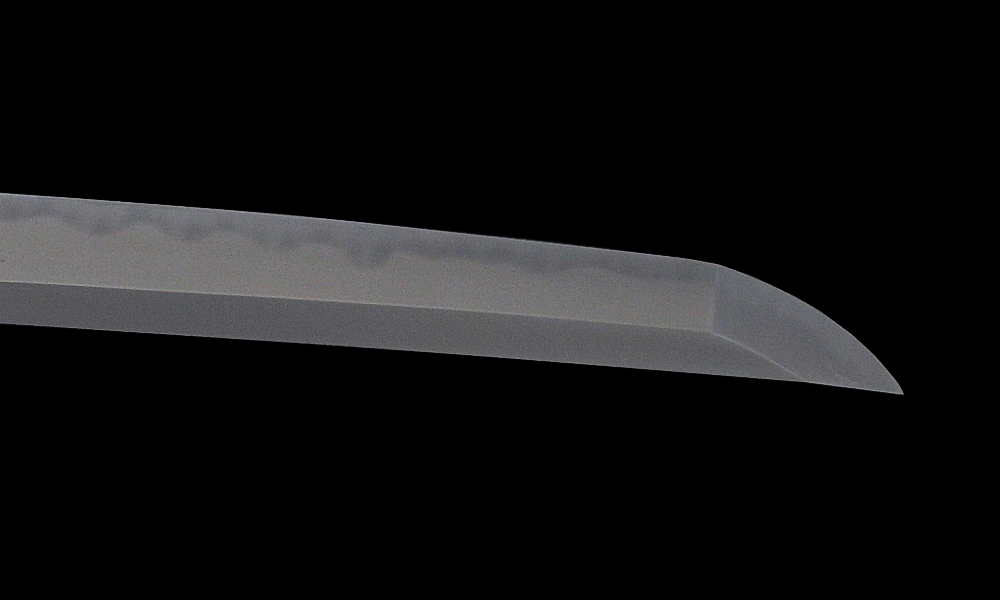The Beloved Blade of Kondo Isami
The Search for the Mysterious Sword “Kotetsu” By now, many will be aware of Kondo Isami. The broad faced bull with a sharp, piercing stare. He was the head of the Shinsengumi, a secret police force appointed by the Shogunate to subdue unrest in Kyoto and bring unruly samurai groups Read More



